When it comes to serving beer, even the smallest issue can quickly escalate into a major problem, leaving your customers disappointed and your business losing revenue. Whether you’re a seasoned brewmaster or a newcomer to the world of craft beer, dealing with common issues like clogged beer lines, faulty taps, and malfunctioning kegs can be frustrating and time-consuming. In this comprehensive guide, we’ll walk you through the most effective beer troubleshooting techniques to help you identify and resolve common problems with beer lines and taps, ensuring that your customers always receive a perfect pour.
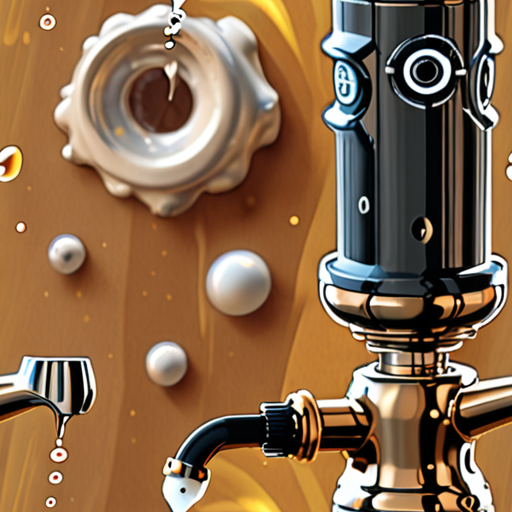
Four Common Problems with Beer
Breweries strive to produce high-quality beers, but sometimes issues can arise during the brewing process.
- Bacterial Spoilage
- Ingredient Variation
- Haze
- Improper Carbonation Level
This is perhaps the most feared problem in beer production, especially for non-pasteurizing breweries. Bacterial contamination can occur due to poor sanitation, inadequate equipment cleaning, or contaminated ingredients.
Ingredients play a crucial role in determining the flavor and quality of beer. Variations in ingredient quality, quantity, or type can affect the final product’s taste, aroma, and overall character.
Haze in beer can be caused by several factors, including poor filtration, incorrect storage conditions, or the presence of particles. Haze can negatively impact the appearance and overall drinking experience of beer.
Carbonation is essential for beer’s refreshing quality and mouthfeel. However, improper carbonation levels can result in flat or over-carbonated beers, affecting the drinker’s enjoyment.
At The Goods On Tap , we understand the importance of producing high-quality beers. Our team of experts is committed to helping breweries overcome these common problems and deliver exceptional beers to our customers.
We recommend checking out our brewery reviews section for in-depth analysis of various breweries and their products. Additionally, our beer trends page provides valuable insights into the latest developments in the craft beer industry.
For more information on beer production and quality control, visit the Brewers Association website, which offers a wealth of knowledge and resources for brewers and beer enthusiasts alike.
The 3:30300 Rule for Beer
When it comes to storing beer, freshness matters, and understanding the 3:30300 rule can help you enjoy your favorite brews at their best.
- Understanding the Rule: The 3:30300 rule states that beers stored for 3 days at 90°F, 30 days at 72°F, or 300 days at 38°F will see the same level of oxidation that can affect the flavor and aroma of your beer.
- Factors Affecting Oxidation: Temperature, storage conditions, and packaging play significant roles in determining how quickly beer oxidizes. Proper storage and handling can minimize oxidation and preserve the beer’s flavor and aroma.
- Importance of Freshness: Freshness is crucial for beer, as it affects the overall taste, smell, and mouthfeel. Storing beer under optimal conditions helps preserve its character and ensures a better drinking experience.
- Best Practices for Beer Storage: To keep your beer fresh, store it in a cool, dark place, away from direct sunlight and heat sources. Keep the bottles or cans upright to prevent sediment from settling, and consider investing in a beer fridge or cooler for optimal storage conditions.
- Beer Styles and Shelf Life: Different beer styles have varying shelf lives due to factors like ABV, hop content, and yeast strain. Generally, lighter-colored beers tend to last longer than darker ones, but always check the packaging for specific storage recommendations.
- Monitoring Beer Quality: Regularly inspect your beer for signs of spoilage, such as off-flavors, skunkiness, or mold growth. If you notice any issues, it’s best to err on the side of caution and discard the beer to avoid contamination and potential health risks.
By following the 3:30300 rule and adopting best practices for beer storage, you can enjoy your favorite brews at their best and appreciate the nuances of different beer styles.
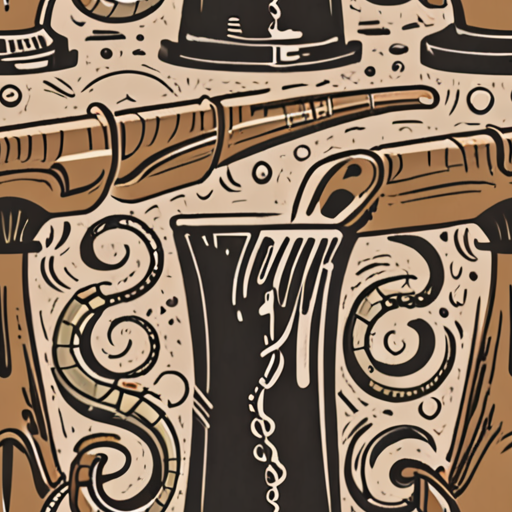
Why Is My Beer Not Coming Through the Lines?
When faced with a situation where beer isn’t flowing through the lines, it can be frustrating and puzzling.
- Clogged Faucet or Dip Tube
- Trapped Trub or Sediment
- Keg Post or Dip Tube Issues
- Incorrect Keg Pressure
- Leaky Fittings or Hoses
To troubleshoot the issue, start by checking the faucet and dip tube for any blockages or debris. Run a brush through the faucet and dip tube to remove any trapped sediment or trub. If the problem persists, inspect the keg post and dip tube for any signs of clogging or damage.
Another possible cause could be incorrect keg pressure. Make sure the keg is properly pressurized and that the regulator is functioning correctly. Leaky fittings or hoses can also prevent beer from flowing through the lines, so inspect these components carefully and replace them if necessary.
Additionally, consider the type of beer you’re serving and whether it may be contributing to the issue. Some beers, particularly those with high hop content, can leave behind a sticky residue that can clog the lines.
By following these steps and troubleshooting the potential causes, you should be able to identify and resolve the issue preventing your beer from flowing through the lines.
Troubleshooting Tips:
- Regularly clean and maintain the faucet, dip tube, and keg post to prevent clogs and buildup.
- Monitor keg pressure and adjust as needed to ensure optimal flow.
- Inspect fittings and hoses regularly for signs of wear or damage.
- Consider using a beer line cleaning solution to help maintain cleanliness and prevent clogs.
Common Causes of Clogged Beer Lines:
- Trapped trub or sediment
- Clogged faucet or dip tube
- Keg post or dip tube issues
- Incorrect keg pressure
- Leaky fittings or hoses
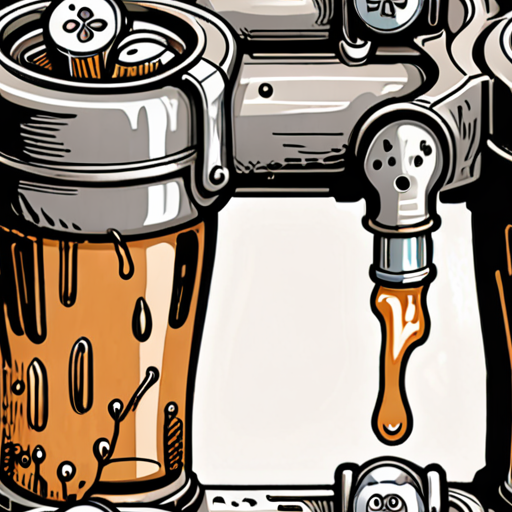
Why Won’t My Beer Flow from Tap?
When faced with a situation where your beer won’t flow from the tap, there could be several reasons behind it.
- Low CO2 Pressure: One common issue is low CO2 pressure, which can slow down the beer flow. To resolve this, check the CO2 pressure gauge and adjust it accordingly.
- Kinked Beer Line: A kinked beer line can restrict the flow of beer, causing it to stop altogether. Inspect the beer line for any kinks or blockages and straighten it out if necessary.
- Partially Blocked Faucet: A partially blocked faucet can also prevent beer from flowing freely. Clean the faucet thoroughly and ensure that it’s free from any debris or sediment.
Additionally, you may want to consider checking the beer keg for any signs of leakage or damage. Make sure that the keg is properly secured and that the gas supply is turned on.
For more information on troubleshooting beer tap issues, visit our Tap Troubleshooting Guide .
At The Goods On Tap, we understand the importance of having a well-functioning beer tap system. That’s why we offer a range of services, including beer tap installation and regular maintenance checks . Our team of experts is dedicated to helping you get the most out of your beer tap system.
We’re proud to be part of the craft beer community, and we’re committed to providing the highest level of service to our customers. Whether you’re a seasoned brewer or just starting out, we’re here to help you every step of the way.
Learn more about our services and how we can help you optimize your beer tap system by visiting our website at https://thegoodsontap.com/ .
Unclogging a Beer Tap Line
To keep your draft beer flowing smoothly, regular maintenance of your beer tap line is essential.
- Rinse the coupler with warm water to remove any residual cleaning solution.
- Disengage the coupler and remove the check ball lifter.
- Reattach the check ball lifter to the keg.
- Run a cleaning solution through the tap line to remove any debris or sediment.
- Allow the cleaning solution to sit in the tap line for several minutes before rinsing it out with warm water.
- Repeat the process until the water runs clear.
- Once the tap line is clean, attach the coupler and check the beer flow to ensure it’s working properly.
For optimal results, consider using a beer line cleaning kit specifically designed for your type of tap system.
These kits usually include a cleaning solution, a brush, and a set of instructions tailored to your particular needs.
By following these steps and using the right equipment, you’ll be able to keep your beer tap line running smoothly and prevent costly repairs down the line.
Remember to always refer to your tap system’s manufacturer instructions for specific cleaning and maintenance recommendations.
Additionally, consider consulting with a professional brewer or tap technician if you’re unsure about any aspect of the process.
This will ensure that your beer tap line remains in top condition and continues to deliver the perfect pour every time.
As a craft beer enthusiast, I can attest to the importance of maintaining a well-functioning tap system.
With a little practice and patience, you’ll be able to unclog your beer tap line with ease and enjoy a perfectly poured pint every time.
So why wait? Get started today and take your beer game to the next level!
https://www.beertap.com/beer-line-cleaning-kits/
https://www.brewersassociation.org/learn-about-brewing/cleaning-and-sanitizing/
https://www.homebrewersassociation.org/community/forum/topics/how-to-clean-draft-beer-lines/
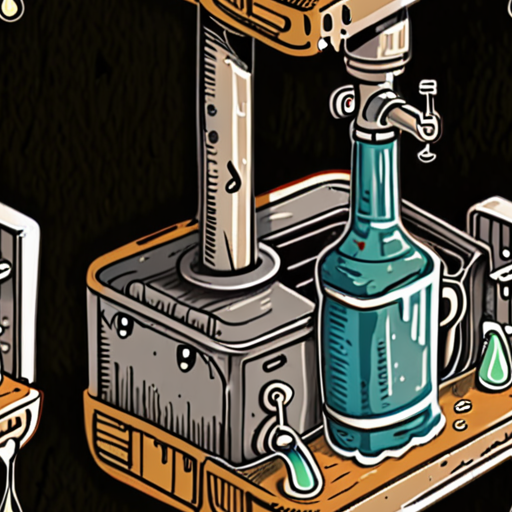
Why Is My Tap Not Flowing?
The simplest possibility is that the valve under the sink is closed, which can happen if someone recently worked on the faucet and forgot to turn the water back on.
- The fixture could also be clogged, dislodged, bent, or broken.
- In extreme cases, you may need to replace the faucet, although this isn’t usually necessary.
Common Causes of Low Water Pressure:
- A faulty aerator or filter can reduce water pressure.
- Clogged pipes or mineral buildup can restrict water flow.
- A malfunctioning shut-off valve can prevent water from reaching the faucet.
- Low water pressure in the municipal supply can also affect your home’s plumbing.
What to Check First:
- Turn off the main water shut-off valve and check if the issue persists.
- Check the aerator or filter for blockages and clean or replace them as needed.
- Inspect the pipes for signs of damage or mineral buildup and consider hiring a professional plumber to diagnose and repair any issues.
- Verify that the shut-off valves under the sink are fully open.
When to Call a Plumber:
If none of these steps resolve the issue, it’s likely that there’s a more complex problem requiring professional attention.
Conclusion:
Identifying and addressing low water pressure requires patience and persistence, but with the right tools and knowledge, you can often resolve the issue yourself. However, if the problem persists, don’t hesitate to seek the expertise of a licensed plumber to ensure your home’s plumbing system is functioning safely and efficiently.
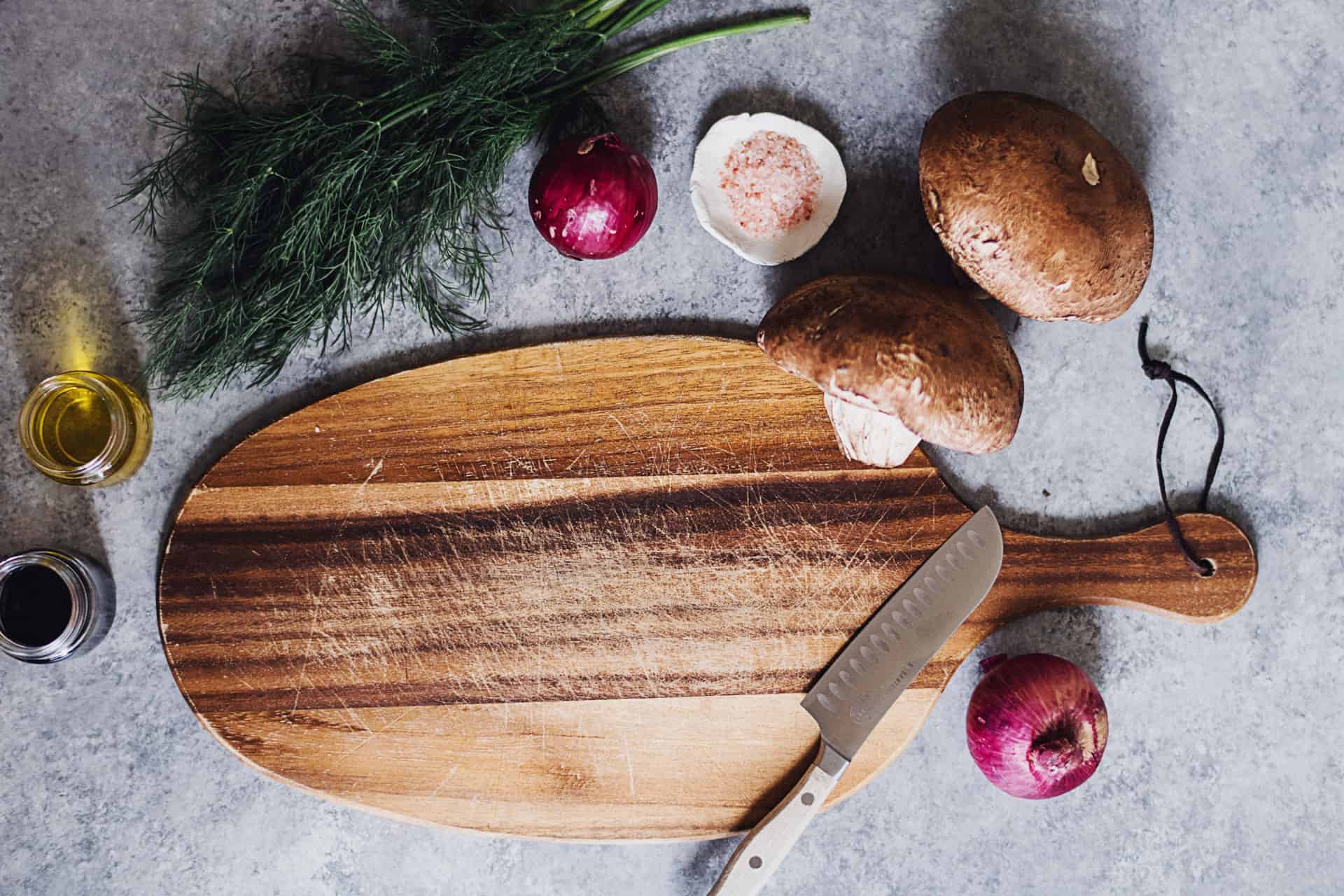
0 Comments